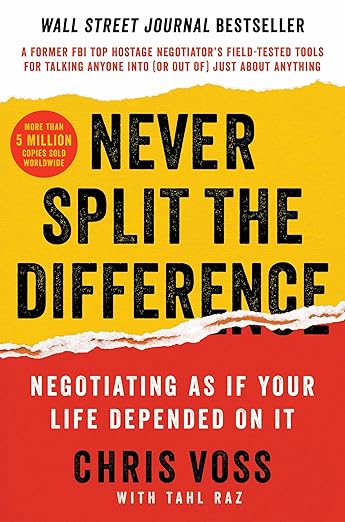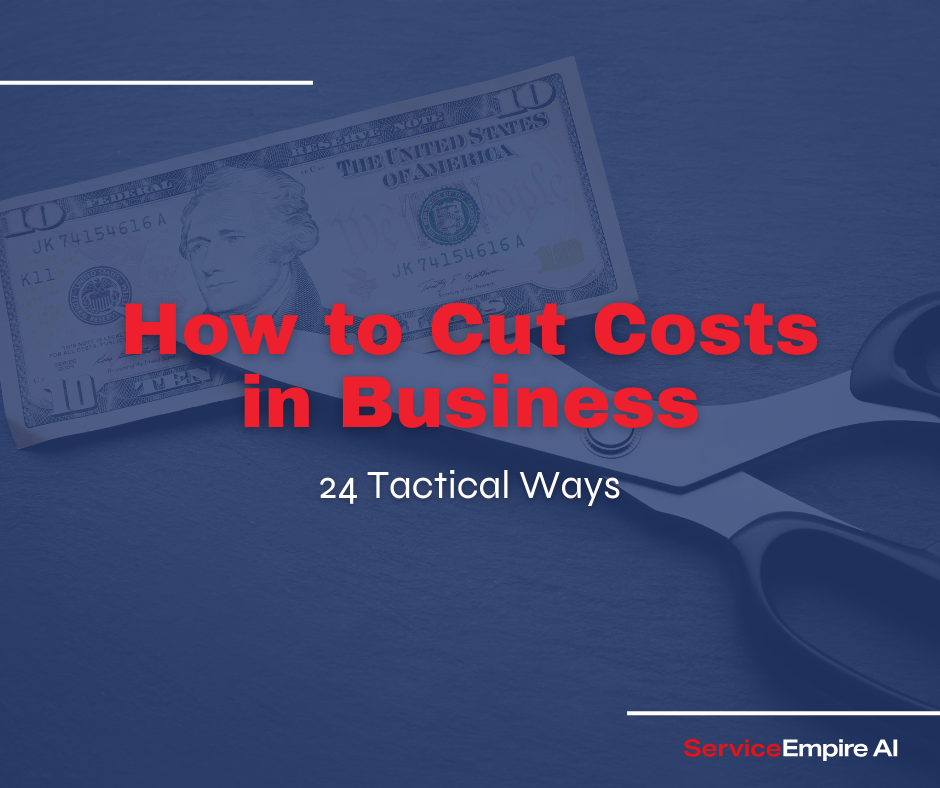
Want to reduce your fixed costs without compromising quality? Vendor negotiation can cut your expenses while maintaining or even improving your service levels. Here's how to do it right.
Cost Analysis
Start by analyzing your current spending. Know exactly how much you're paying each vendor and what you're getting for your money. Look for hidden costs like delivery fees, processing charges, or minimum order requirements. This knowledge gives you leverage in negotiations.
Research market rates for similar products and services. Understanding the competitive landscape helps you know what's possible in negotiations. Talk to other business owners in your industry about what they're paying for similar services. Knowledge is power in any negotiation.
Strategic Negotiation Prep
Prepare for each negotiation. Document your history with the vendor, including payment record and order volume. Identify potential pain points in the current relationship that could be improved. Create a clear list of what you want to achieve in the negotiation. Knowing the outcome you want is one of the most important factors in successful negotiations, as Chris Voss would tell you.

Draft your talking points in advance. Know your ideal outcome, your minimum acceptable terms, and your walk-away point. Having these clear in your mind helps you negotiate more confidently. You never want to make a rushed decision during the discussion.
Vendor Management Approach
Hopefully, you've already built strong relationships with your key vendors. Good relationships often lead to better terms than pure price negotiations. Show vendors that you value the partnership by paying on time and providing clear communication.
Look for ways to make yourself a more valuable customer. This might mean consolidating orders, reducing delivery frequency, or shifting to electronic invoicing. Vendors are more likely to offer better terms to customers who are easy to work with.
Key Factors & Key Benefits
Focus on total cost of ownership, not just purchase price. Sometimes paying a bit more upfront saves money in the long run through better quality or service. Consider factors like reliability, delivery speed, and customer support when evaluating vendor agreements.
Structure agreements to benefit both parties. Perhaps you can commit to larger orders in exchange for better pricing. Or you agree to faster than Net-30 payment terms for an additional discount. Look for win-win opportunities that strengthen the relationship.
Track Results
How did your negotiations pan out? Track both direct savings and indirect benefits. Indirect benefits may include improved service or reduced administrative time. Document what works and what doesn't for future negotiations.
Keep detailed records of all agreements and changes. This helps prevent misunderstandings and provides a baseline for future negotiations. Regular review of vendor performance ensures you're getting what was promised.
Where to Start
Start with your largest vendors where potential savings are greatest. Create a priority list based on spending volume and likelihood of successful negotiation. Don't try to negotiate everything at once.
Set realistic timelines for implementation. Some changes may need to be phased in to avoid disrupting your operations. Clear communication with both vendors and your team helps ensure smooth transitions.
In conclusion, remember that successful vendor negotiation is about creating sustainable partnerships, not just getting the lowest possible price. Focus on building relationships that benefit both parties. Taking the long view means you'll both achieve better results.






